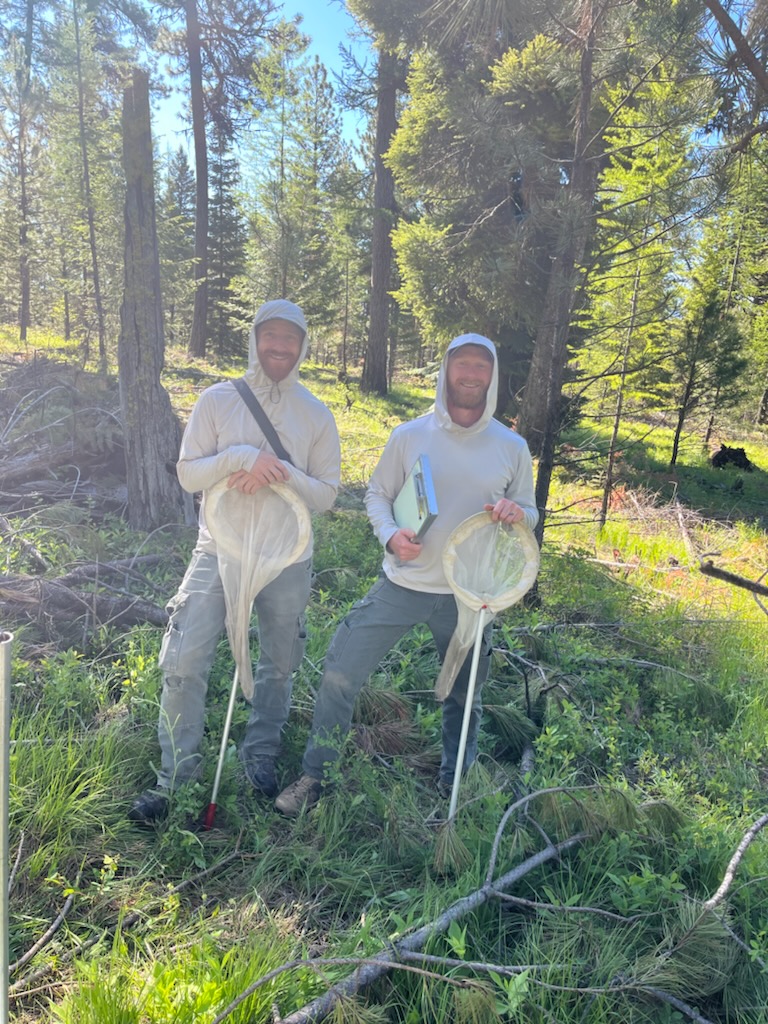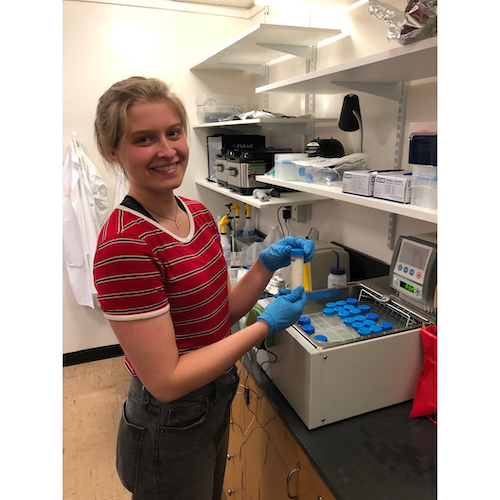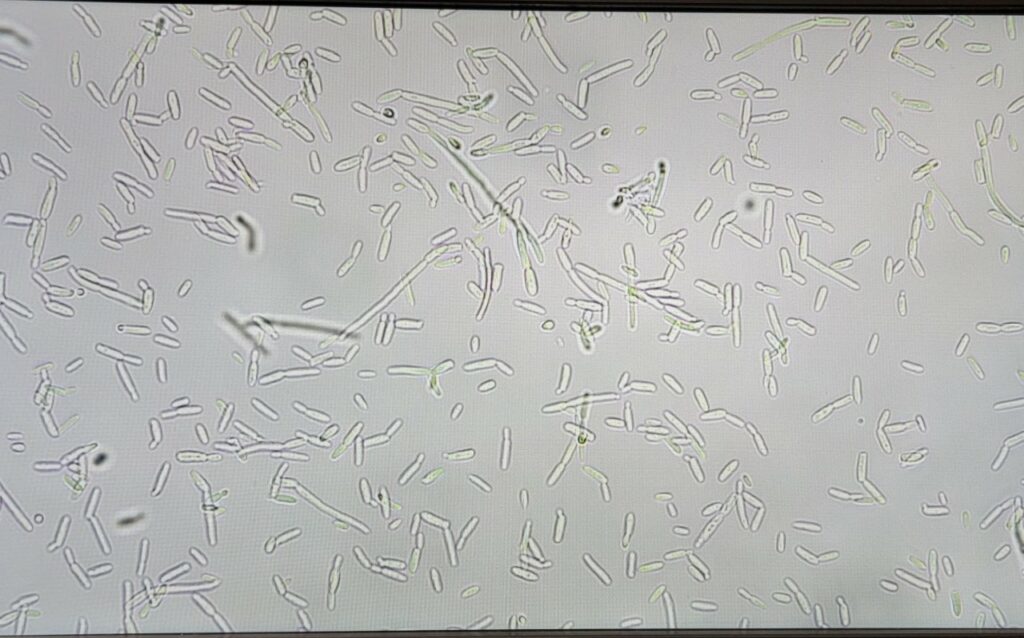Lots of terrestrial invertebrates have bad reputations. Spiders, bees, flies, wasps, ants. They’re thought of as pests in the garden or they are perceived as threatening, possibly wanting to sting or bite us. I’ll admit it, I’m terrified and grossed out by most invertebrates every time I see one in my house. But this week’s guest may have successfully managed to get me to change my tune…
Scott Mitchell is a 4th year PhD student in the Department of Fisheries, Wildlife, and Conservation Sciences advised by Dr. Sandy DeBano. His overarching research goal is to understand how different land management practices may impact beneficial invertebrate communities in a variety of managed landscapes. Yes, you read that right: beneficial invertebrates. Because while many invertebrates have a bad rep, they’re actually unsung heroes of the world. They pollinate plants, aerate soil, eat actual pest invertebrates and are prey for many other species. In order to tackle his overarching research goal, Scott is conducting two studies in Oregon; one focuses on native bees while the second looks at non-pollinators such as wasps, spiders, and beetles.
(See captions for images at the end of the blog post)
The first study occurs in the Starkey Experimental Forest and Range which is managed by the US Forest Service. The initial research at Starkey in the 1900s was about how cattle grazing impacts on the land. Since then, many more studies have been undertaken and are ongoing, including about forest management, wildlife, plants, and recreation. For Scott’s study, he is collaborating with the Forest Service to look how bee community composition may differ in a number of experimental treatments that are already ongoing at Starkey. The two treatments that Scott is looking into are thinning (thinned vs unthinned forest) and ungulate density (high vs low). The current hypothesis is that in high ungulate densities, flower booms may be reduced due to high grazing and trampling by many ungulate (specifically elk) individuals, thus reducing the number of available blooms to bees. While in the thinning treatments, Scott is expecting to see more flower blooms available to bees in the thinned sites due to increased access to light and resources because of a reduced tree canopy cover. To accomplish this project, Scott collects bee samples in traps and handnets, as well as data on blooming plants.
(See captions for images at the end of the blog post)
Scott’s second study explores non-pollinator community composition in cherry orchards in the Dalles along the Columbia River Gorge. Agricultural landscapes, such as orchards, are heavily managed to produce and maximize a particular agricultural product. However, growers have options about how they choose to manage their land. So, Scott is working closely with a grower to see how different plants planted underneath orchards can benefit the grower and/or the ecology of the system as a whole.
To hear more details about both of these projects, as well as Scott’s background and several minutes dedicated solely to raving about wasps, tune in this Sunday, April 23rd live on 88.7 FM or on the live stream. Missed the show? You can listen to the recorded episode on your preferred podcast platform!
Figure captions
Image 1: This bright green native bee is foraging on flowers for nectar and pollen. It is probably in the genus Osmia.
Image 2: A brightly colored bumblebee foraging on a rose.
Image 3: This is one of the most common bumblebee species in western Oregon – the aptly named yellow-faced bumble bee (Bombus vosnesenskii).
Image 4: Most native bees, like this small mining bee are friendly creatures and will even crawl onto your hands or fingers if you let them. No bees (or human fingers) were harmed in the making of this photo.
Image 5: While Scott doesn’t know what his favorite wasp is, this large furry, friendly bee is his favorite native bee species. It is known as the Pacific digger bee or Anthophora pacifica. This is his favorite bee because they are very agile fliers and fun to watch foraging on flowers. They are a solitary species that lives in the ground.
Image 6: Not only are wasps beautiful, but sometimes the signs they leave behind can be too. This is a gall from a gall forming cynipid wasp. Wasp galls are a growth on plants that occurs when a wasp lays its eggs inside of a leaf or other plant structure.
Image 7: This is a pair of wasps in the family Sphecidae. The wasp on top is a male wasp (males are often smaller than females in wasps and bees) and he is likely guarding a potential mate by hanging onto her back.
Image 8: This is a beautiful bright metallic jewel wasp, probably in the family Chrysididae. This wasp was mentioned in the episode.
Image 9: This sphecid wasp is foraging on nectar on flowers. Many insects, including wasps, use nectar as an energy source in their adult life stage – even if they act as predators when foraging for their young.
Image 10: This is a tiny wasp on a flower. This wasp is around 1.5-3 millimeters long.





























